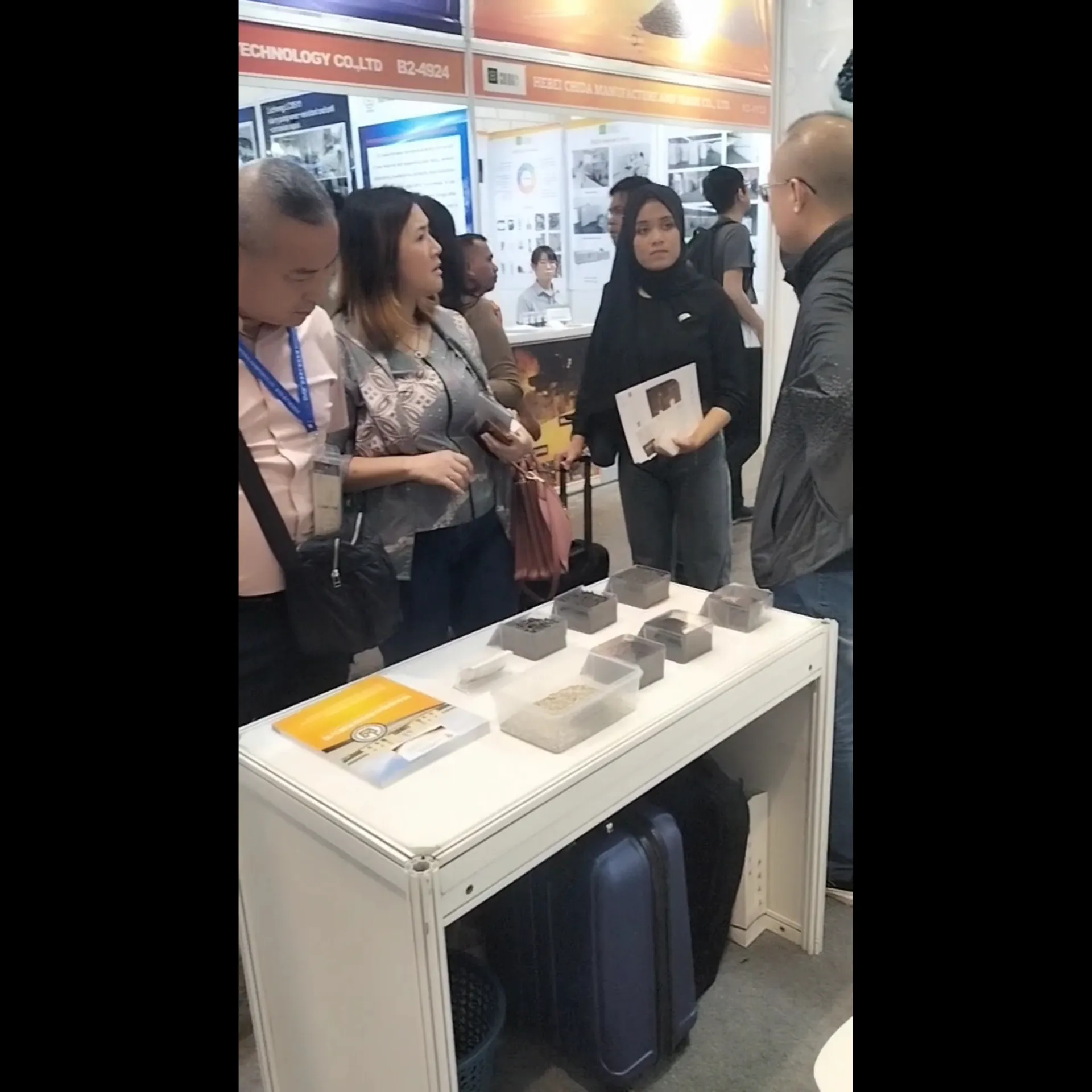Dec . 20, 2024 09:46 Back to list
basic oxygen furnace steel making factories
Understanding Basic Oxygen Furnace Steelmaking A Key to Modern Steel Production
The steel industry is one of the most essential sectors in the global economy, providing the foundational materials for construction, manufacturing, and countless other applications. Among the various methods of steel production, the Basic Oxygen Furnace (BOF) method stands out as a highly efficient and effective process. This article delves into the significance of BOF steelmaking, its operational principles, and its role in contemporary steel production facilities.
The Basics of Basic Oxygen Furnace Steelmaking
The Basic Oxygen Furnace process, also known as oxygen converter steelmaking, involves the conversion of molten iron into high-quality steel. This is achieved by blowing pure oxygen into molten iron, which is typically derived from a blast furnace. The purpose of injecting oxygen is to oxidize impurities such as carbon, silicon, manganese, and phosphorus, thereby refining the iron into steel.
The BOF process is characterized by its capacity to produce large quantities of steel in a relatively short time. While traditional methods of steelmaking, such as open-hearth furnaces, can take hours to complete each batch, a BOF can produce steel within as little as 30 minutes. This rapid production cycle not only enhances efficiency but also aligns with the increasing global demand for steel.
Operational Principles
A Basic Oxygen Furnace consists of a large, refractory-lined vessel with a tiltable design. The process begins with charging the furnace with a specific proportion of molten iron, scrap steel, and fluxing agents. The fluxing agents, typically limestone, help to remove impurities and form a slag, which floats on top of the molten steel.
Once the charge is prepared, a lance is lowered into the furnace, through which high-purity oxygen is injected at high pressure. The oxygen reacts with the carbon present in the molten iron, producing carbon monoxide and carbon dioxide. The heat generated by this exothermic reaction raises the temperature of the furnace, allowing for the melting of additional scrap steel and enabling the desired chemical reactions to proceed efficiently.
basic oxygen furnace steel making factories

During the steelmaking process, the temperature and composition of the steel can be monitored and adjusted by controlling the quantity of oxygen blown and the types of raw materials used
. This level of precision allows steelmakers to produce various grades of steel tailored for specific applications, from construction beams to automobile components.Environmental Considerations and Advances
While the BOF process is immensely efficient, the steel industry faces increasing scrutiny due to its environmental impact. The production of steel through BOF generates significant carbon emissions, primarily from the combustion of fossil fuels and the oxidation of carbon in the iron. As such, many modern steelmaking facilities are adopting greener technologies and practices to reduce their carbon footprint.
Innovations such as carbon capture and storage (CCS) and the use of hydrogen as a reducing agent are being explored to make BOF steelmaking more sustainable. Additionally, the integration of recycling practices, which utilize scrap steel as a primary raw material, not only conserves resources but also reduces overall emissions.
The Future of BOF Steelmaking
As the global demand for steel continues to grow, driven by urbanization and industrial development, the Basic Oxygen Furnace method remains a cornerstone of steel production. The ongoing advancements in technology and environmental management practices position the BOF process as a resilient and adaptable method capable of meeting future demands sustainably.
In conclusion, the Basic Oxygen Furnace represents a pivotal advancement in steelmaking technology, offering efficient, high-quality production with the potential for significant improvements in sustainability. As factories around the world continue to innovate and embrace new technologies, the legacy of BOF steelmaking is poised to influence the industry's future, balancing the need for steel with the imperative of environmental responsibility.
-
Eco-Friendly Granule Covering Agent | Dust & Caking Control
NewsAug.06,2025
-
Fe-C Composite Pellets for BOF: High-Efficiency & Cost-Saving
NewsAug.05,2025
-
Premium Tundish Covering Agents Exporters | High Purity
NewsAug.04,2025
-
Fe-C Composite Pellets for BOF | Efficient & Economical
NewsAug.03,2025
-
Top Tundish Covering Agent Exporters | Premium Quality Solutions
NewsAug.02,2025
-
First Bauxite Exporters | AI-Optimized Supply
NewsAug.01,2025
